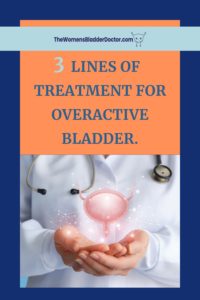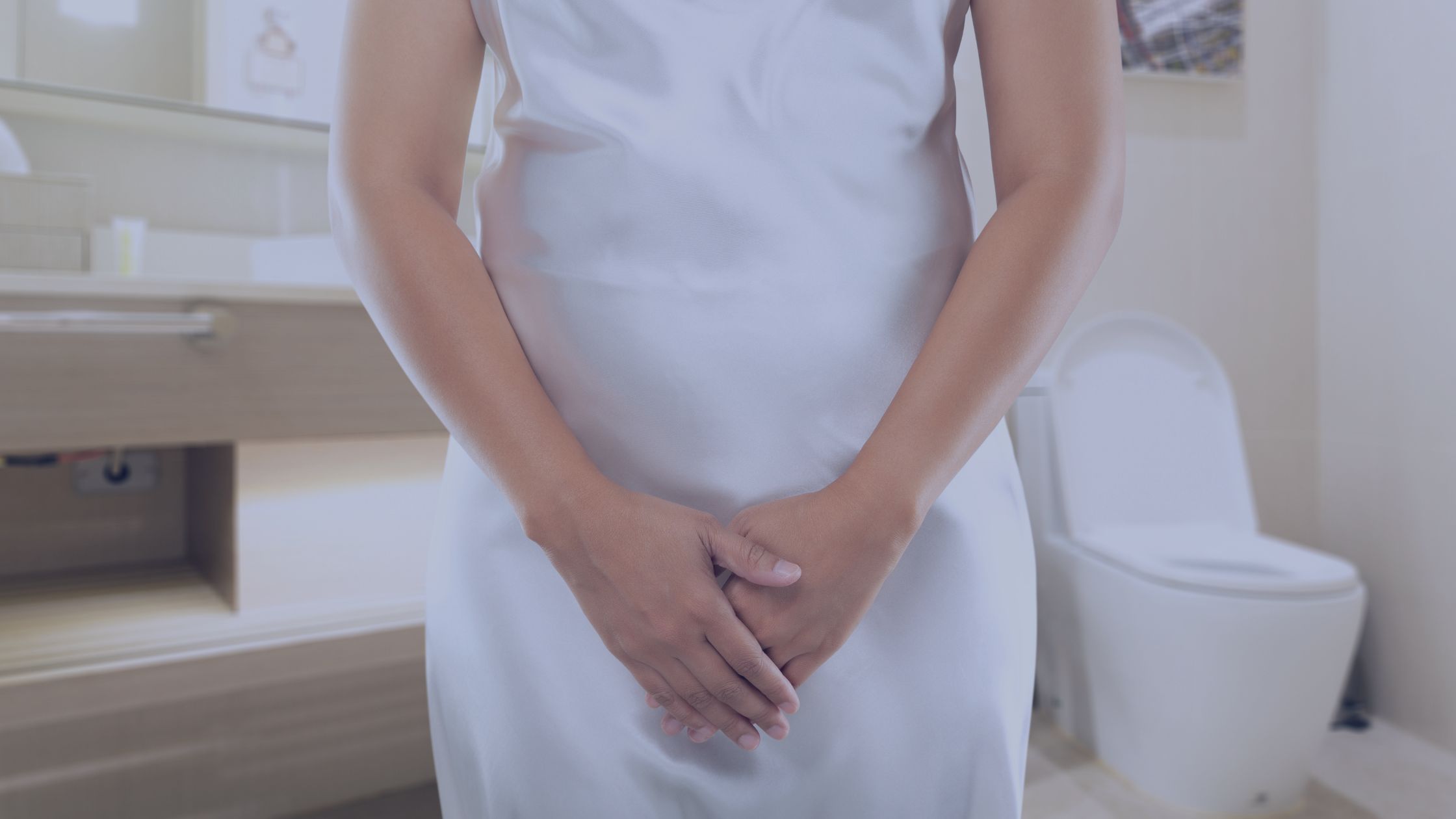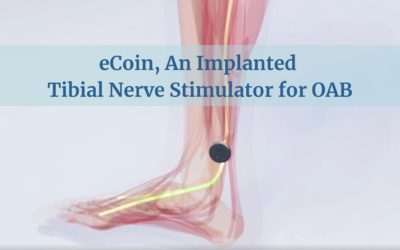Overactive bladder (OAB) is common.
Many women have symptoms of needing to empty their bladder all the time, needing to empty urgently, and sometimes leaking before they can get there. Different studies have given us different estimates of how common it is. Basically, it all depends on how you ask the question. If you ask, “ Do you sometimes have OAB symptoms” around 36% of women say yes. If you ask, “ Do you often have OAB symptoms” around 25% of women will say yes. Either way, lots of women suffer with these symptoms.
And since OAB is more common as we age, we’re going to see even more women with it. That’s because the population older than 60 is expected to double by 2050. There’ll be 2.1 billion people in this age group at that time. If you assume half of them are women and 25% have OAB, you’re looking at about 250 million women with symptoms. This thought overwhelms me. But it also means that companies are focusing more are creating new treatments, which is great for women.
Overactive bladder symptoms occur when abnormal nerve signaling causes the bladder muscle to contract. The bladder should only contract when your brain is telling it to empty. But the muscle starts contracting when you aren’t ready for it, too—treatments focusing on trying to control the uncontrolled muscle contraction.
When it comes to overactive bladder, we think in terms of lines of treatment.
First-line treatment is always education, bladder retraining, and pelvic floor strengthening. The goal of this line of therapy is to:
- Identify what habits you have that are making your bladder worse
- Retrain your bladder to function better
- Teach you strategies to decrease the urge and leakage
This line of treatment is all many women need.
Second-line treatment includes trying medications and supplements. Some women do well with this line of treatment. Others don’t have enough improvement. A third group has intolerable side effects.
Third-line treatments include Botox injection into the bladder muscle and nerve stimulations.
So, for the next three weeks, I am going to focus on nerve stimulations. There are three ways to stimulate nerves that impact the bladder. These ways include:
- Percutaneous tibial nerve stimulation
- Implantable tibial nerve stimulation
- Sacral nerve stimulation
In this post, I am going to discuss percutaneous nerve stimulation, or PTNS.
Where is the tibial nerve, and why does this work?
The tibial nerve is a branch of the sciatic nerve. It runs down the back of your leg. But, it does not innervate the bladder in any way. Work done by acupuncturists first showed that stimulating this area helped bladder function. There are different theories on why this work, but we generally think that stimulating this nerve sends impulses back to the nerve roots in the spine. These impulses decrease “cross-talk” between the nerves, block abnormal signals from the bladder and stop bladder spasms. Eliminating the bladder spasms cures that “gotta go” feeling and the associated leakage.
How is PTNS done?
PTNS is done in an office setting. The nerve is stimulated with a small current of electricity for 30 minutes. And this is repeated each week for 12 weeks. After the 12-week treatment, maintenance sessions are needed. The maintenance sessions are slowly spaced further and further apart until we determine the longest you can go without the return of your symptoms.
Each office procedure follows the same steps. You can expect:
- Come to the office and be seated in a comfortable chair with your chosen leg up on a stool.
- A grounding pad is placed on the bottom of your foot.
- The middle part of the ankle is cleaned with alcohol.
- A small acupuncture-like needle is placed near the nerve above the ankle.
- An electrical current is connected to the needle. You should be able to feel some stimulation, but it should not be uncomfortable.
- The current stimulates the nerve for 30 minutes.
- After 30 minutes, the needle is removed, as is the grounding pad.
- During the sessions, you may entertain yourself. We also provide some bladder education during this time.
How well does this work?
Many women do not notice an improvement until the 6th session. But then PTNS works in 60-80% of women. However, studies have shown that it works much better than sham. Also, studies have shown that it works better than medication, although some women will benefit from PTNS and medication. There are even studies showing that it works better than pelvic floor muscle training. Also, studies have shown that the effect continues with maintenance sessions.
What can go wrong?
I always tell my patients that the biggest side effect of PTNS is time. And it requires a fairly big time investment to complete the 12 weeks of therapy. But the other risks are few. There can be a small amount of discomfort when the needle is placed. And there is a very small risk of superficial infection. It may not work or work well enough. There really aren’t any other risks.
Who is not a good candidate for PTNS?
PTNS is a good therapeutic option for most women. However, it is a poor option if you tend to bleed a lot or have nerve damage in your legs. It is also contraindicated in women who have a pacemaker or a defibrillator. Women who are pregnant or planning to be pregnant in the next 12 weeks are also poor candidates.
PTNS is an in-office procedure for the treatment of OAB. It works well and has very few side effects or complications. This may be a great option for you.

Coyne KH J Urology 2011
Leron E Curr Urol 2018
Lucacz ES JAMA 2017






0 Comments